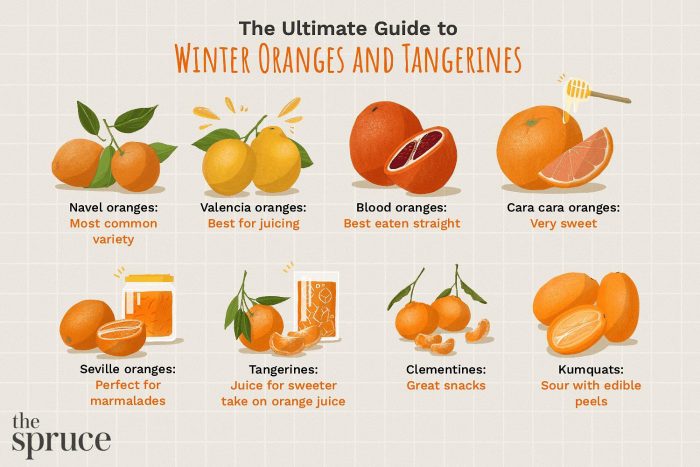
The orange is a fruit with many uses. It can be eaten raw, juiced or sectioned and even turned into marmalade. If you’re like me, you probably reach for oranges when it’s time to make this delicious breakfast spread. But did you know that there are actually different types of oranges? In this guide, we’ll explore what makes each type unique and how they can be used in recipes.
Navel Oranges
Navel oranges are the most popular orange in the world. They were first discovered in California and have since become one of the most well-known varieties of oranges. They’re seedless and easy to peel, making them a favorite among kids and adults alike. Their sweet flavor makes them perfect for eating out-of-hand or adding to salads or smoothies!
Valencia Oranges
Valencia Oranges are the most popular orange in the world, and for good reason. They’re sweet, juicy, and available from November to May. You can eat them on their own or use them in baking or juicing. They’re also a great source of vitamin C–one cup of Valencia oranges has more than 100% of your daily needs!
Blood Oranges
Blood Oranges are a type of orange that has a dark red skin and dark red flesh. They’re a variety of navel oranges, which means they have seeds that are easy to remove. The best time to buy blood oranges is during winter months because they’re in season then; however, you can typically find them year-round at your local grocery store or farmers market if you live in an area where they grow well (California). Blood oranges are delicious when eaten plain or paired with other foods like cheese or chocolate!
Cara Cara Oranges
Cara Cara Oranges are a cross between a mandarin and an orange. They have a sweet, mild taste that makes them great for eating out of hand or juicing. The Cara Cara is also good for making marmalade, but not as much as the Blood Orange. Most people who eat these oranges say they’re “the best thing since sliced bread,” which is why we think you should try them too!
Seville Oranges
Seville oranges are a variety of sweet orange that is grown in the Mediterranean region. They’re juicy, sweet, and fragrant–perfect for eating fresh or using to make marmalade. Seville oranges are available in the winter months and can be found at most grocery stores.
Tangerines
Tangerines are sweet and tangy. They’re easy to peel and eat, easy to juice, and easy to zest. Plus they separate into segments so easily that it’s almost like you’re cutting up a grapefruit!
We hope you enjoyed learning about the different types of oranges and tangerines. These fruits are delicious and nutritious, so it’s important to know how they differ so that you can choose the right one for your needs!
